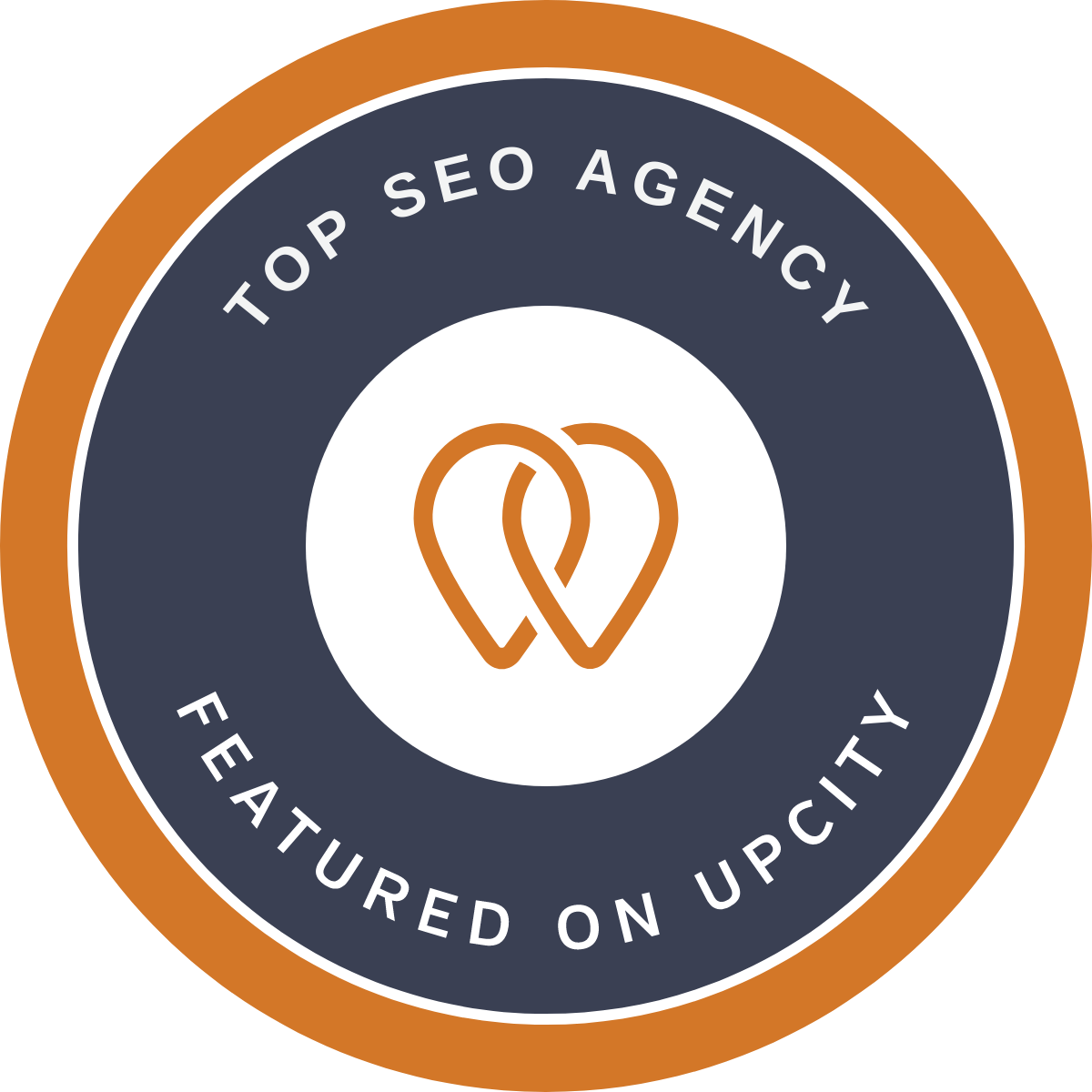Given the current scenario, COVID-19 has brought uncertainty for offline and online consumer behaviour. Everything is moving online, education, learning, training and everything else.
More and more businesses and eCommerce store owners are now adopting digital technology, impacting how your conversion works.
For an e-commerce store, each road leads to your product pages, and these are the essential pages on your website.
A product page is where crucial decisions are made, whether to process to checkout or abandon the cart.

What is optimisation?
The optimisation is one of the most popular words in the eCommerce world for its growing popularity to increase website traffic and better conversion.
For an online business entity or an eCommerce store owner, optimising their website for SEO value and improving customer engagement is critical.
Leave newer eCommerce businesses, many of the established ones may not fully understand the extent of what product page optimisation is and what it can lead to.
What are optimised product pages?
An optimised product page is the one which is designed not only to be easily found and ranked by search engines for targeted search queries or keywords but also converts the visitors into paying customers.
SEO can immensely help your eCommerce business, especial if the competition is high.
Appearing in top results for your target keywords is only half of the battle and converting them into paying customers is the other half.
What can you do to optimise conversion on these product pages?
There are a few ways to optimise product pages for better search results:
- Use high-quality (professional looking) product images.
- Add multiple images (probably from different angles)
- Include keywords and phrases relevant to the product in the page title tags and product descriptions.
- Share social proofs (testimonials, ratings and customer reviews).
- Make sure image spacing is adequate, so things aren't too cluttered
- Incorporate video descriptions and views (if possible)
- Consistent branding and logo placement
Give your customers the right information to help them buy the product they want and convince them that buying this product will work out for them.
Four things come together to create a genuinely great product page:
- Your product – it is the main attraction, but what exactly you're selling might inform how it's presented.
- Your brand – the way products are discovered these days, branding on your product pages matters, especially for people who might have never seen your homepage before buying from you.
- Your copywriting - it is the art of combining the written information that's crucial for your customers with your brand's identity.
- Your page's design and user experience – how things are arranged on your product page matters and what's included-can significantly impact your conversions.
How to optimise product pages?
Keeping the points mentioned above in mind, following are a few crucial things that we recommend you to follow when you are working on optimising your product pages.
Clear Call-to-action:
How does a person buy a product on your website?
They click on 'buy' or 'add to cart' button to check out.
What will happen if that button is buried or hidden somewhere on the page?
You won't drive as many conversions.
Call to actions plays a significant role in conversion rates. Your goal for a product page is to get your customers to hit the "Buy" or "Add to Cart" button.
It should stand out from the other content pieces.
High-quality and correct product photos:
Do you know what the best thing about an ecommerce store is?
You can sell to the world.
But it has a disadvantage, and your customers can not see, touch, taste, or try your products before buying.
That's why highest-quality product photos are crucial. It is one of the critical factors in building a great page.
Show multiple angles, allow users to zoom, call out unique features – good photography builds expectations and credibility.
Link product images to your variants:
Linking your product images to product variants is vital and can help increase your conversions on your product pages.
Naming the product variants by colour can be a great way to add personality to your product, but your potential customers may not understand or imagine how it looks like if they can not see a visual representation.
And, if they can not visualise, they will leave your website.
Not linking images to product variants makes it hard for customers to be sure they are picking the option.
Carefully craft product descriptions:
One of the most common mistakes that we, as an SEO consultant, see is the absence of the right amount of content on product pages.
You must provide enough content for every customer, be it an expert in what you are dealing with, or start learning.
Include social proofs:
A product page is no less than a landing page to imply quick landing page best practice hacks.
Adding social proof adds credibility and boosts conversion.
Ratings, testimonials and reviews are a great way to build consumers trust and encourage their buying behaviour.
So, what makes a great looking product page that is highly converting?
We know it is easy said than done. It's not as simple as it may look while going through these tips.
Your product page reflects your business and should always be balanced between all the factors mentioned above.
The process will evolve as you go.

